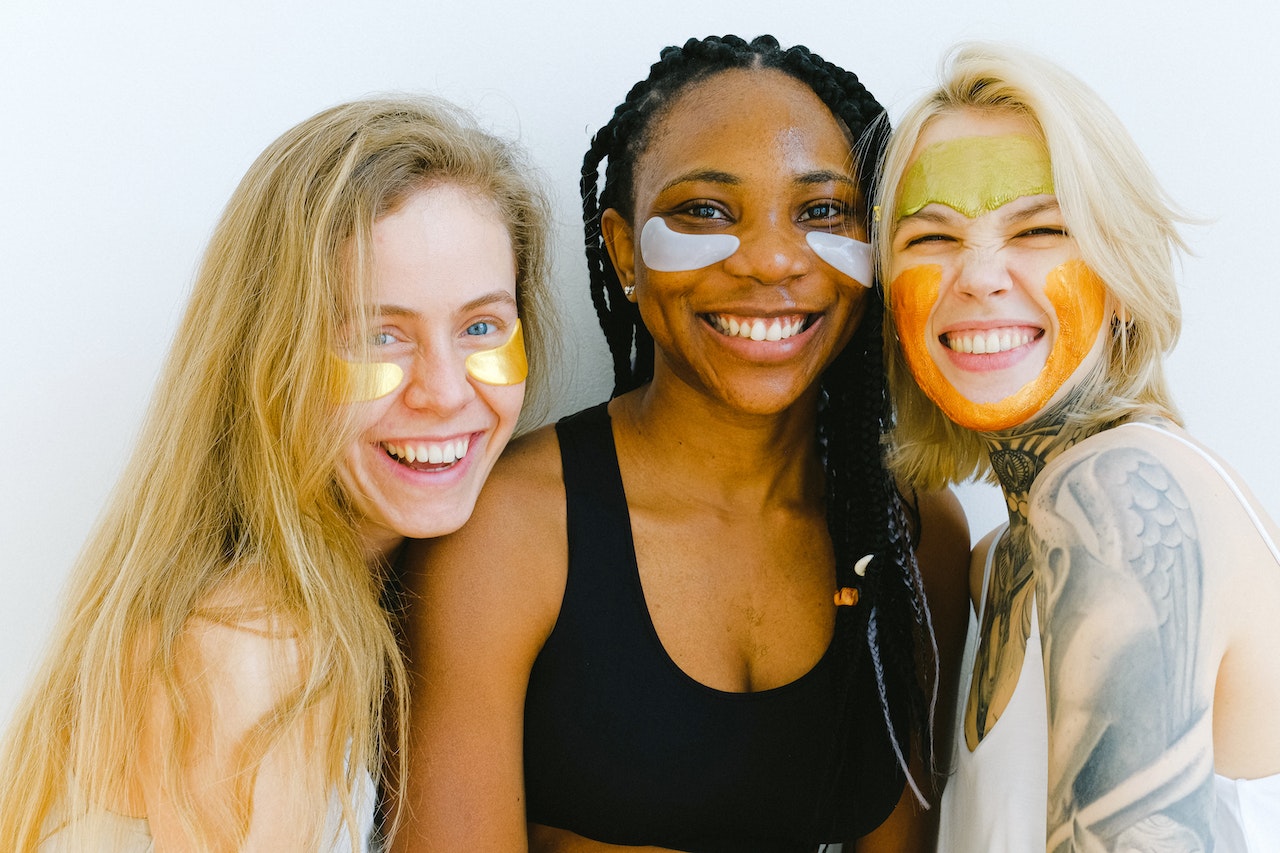When people think of design, they often picture aesthetics—colors, shapes, and layouts that are visually appealing. However, true design goes beyond appearances. As Steve Jobs famously said, “Design is not just what it looks like and feels like. Design is how it works.” This statement encapsulates the essence of design as a holistic process that blends functionality, user experience, and aesthetics into a seamless whole.
Great design is about solving problems, enhancing experiences, and creating products or systems that are intuitive, efficient, and meaningful. Whether it’s a smartphone, a website, or a piece of furniture, good design is about how well something serves its purpose—not just how attractive it appears.
The True Essence of Design
At its core, design is about intention and purpose. It’s not simply about making something beautiful, but about understanding the needs of users and crafting solutions that make their lives easier and more enjoyable. Some key principles that highlight the deeper meaning of design include:
- Functionality Over Form:
A beautiful product that doesn’t work well is a failure. Effective design ensures that functionality comes first, enhancing usability and practicality. For example, a chair may look stunning, but if it’s uncomfortable to sit on, it fails as a design. - User-Centered Approach:
The best designs focus on the user experience, considering how people will interact with a product or system. Whether it’s a smartphone interface or a kitchen appliance, great design simplifies complexity and makes tasks effortless. - Simplicity and Clarity:
Good design removes unnecessary elements and focuses on what truly matters. Complexity can overwhelm users, while simplicity creates a sense of ease and satisfaction. - Emotional Connection:
Design is not just functional; it evokes emotions and builds connections. Whether it’s the sleek feel of an iPhone or the comforting design of a cozy home, design should resonate with people on a personal level. - Sustainability and Longevity:
Thoughtful design considers long-term impact, sustainability, and durability. In an era of disposable products, timeless design that endures is more valuable than ever.
Examples of Design Beyond Looks
Apple’s Products
Apple is known for its sleek and minimalist aesthetic, but the true genius lies in the seamless user experience. The intuitive interfaces, easy-to-use features, and cohesive ecosystem make Apple products a benchmark for functional design.
Google Search Interface
Google’s homepage is a prime example of minimalism in design. While it looks simple—a search bar and a logo—it delivers powerful functionality with lightning-fast results, showing that good design is all about usability.
Public Spaces and Architecture
Great architecture isn’t just about striking visuals; it’s about creating spaces that enhance the way people live and work. Smart urban design considers accessibility, sustainability, and human interaction to create spaces that serve communities effectively.
The Intersection of Form and Function
While aesthetics are important, they should serve a purpose and complement functionality. A well-designed product achieves a perfect balance between visual appeal and practical use. Consider:
- A website: It should look modern and engaging, but also load quickly, be easy to navigate, and provide valuable content.
- A car: It should have an attractive design, but also deliver efficiency, comfort, and safety.
When form and function work in harmony, the result is a design that feels intuitive, delightful, and indispensable.
Conclusion
Design is far more than skin deep; it’s a powerful tool for solving real-world problems and enhancing everyday experiences. Whether you’re designing a product, a service, or even your personal workspace, always remember that the best designs prioritize how something works over how it looks.
So the next time you admire a beautifully designed object, ask yourself—does it work as beautifully as it looks? True design excellence lies in achieving both.


